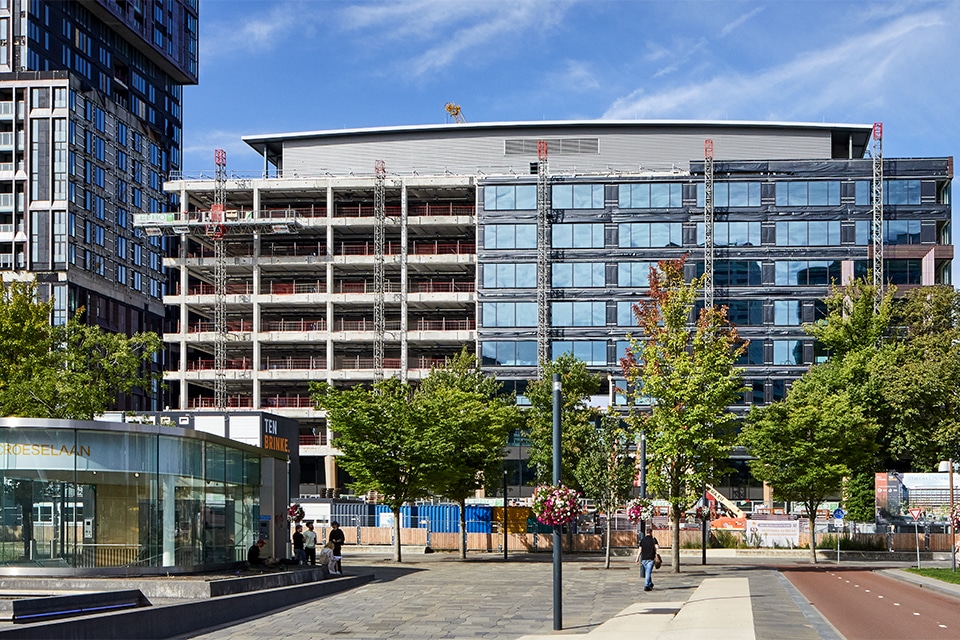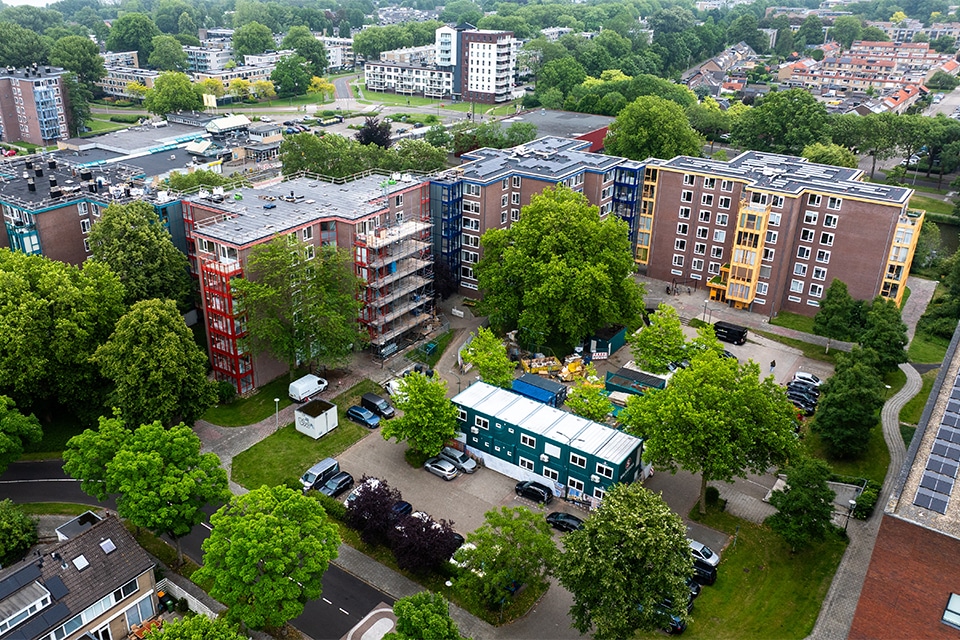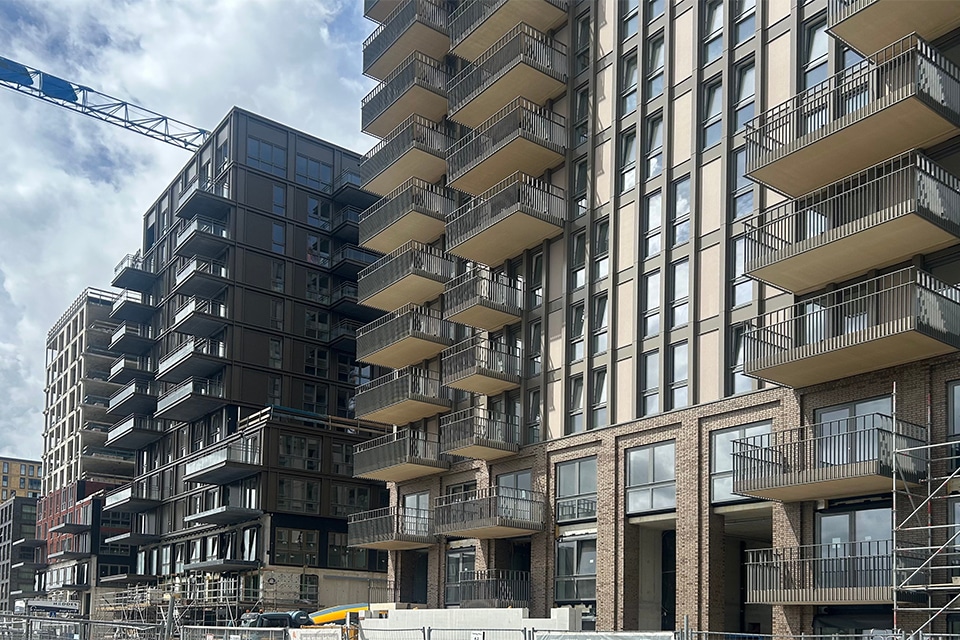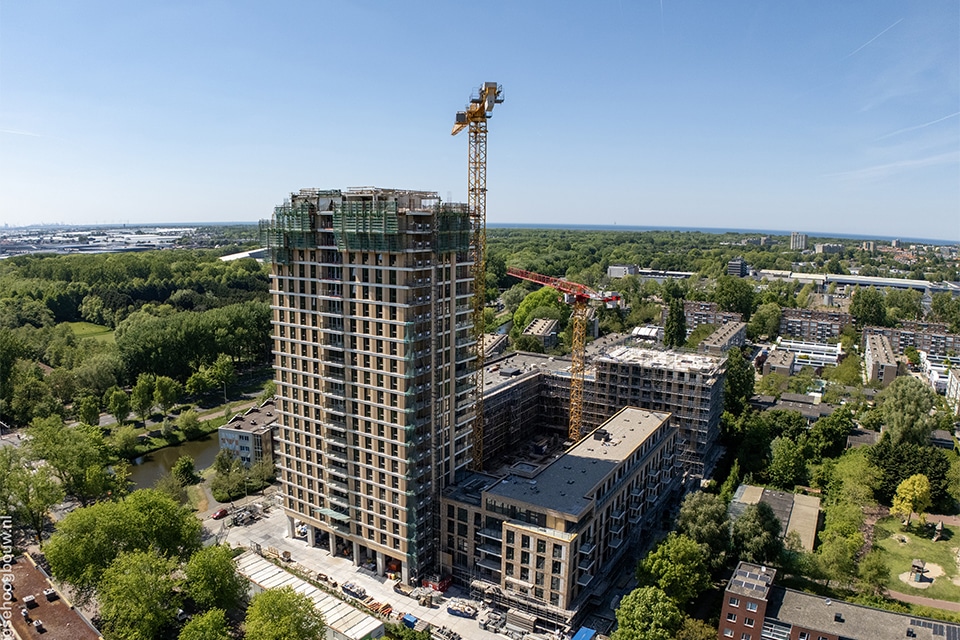
Haarlem Koepel prison opens to the city
The restoration and repurposing of the former domed prison in Haarlem is nearing completion. In February, the first films were shown in the cinema in the newly created basement. Over the course of the year, other tenants will also move into the monumental complex.
The characteristic prison designed by justice architect Willem C. Metzelaar, one of three domed prisons in the Netherlands, was built according to the Panopticon principle. A circular building with four stacked rings along the outer wall with a total of 240 cells, with the keepers having a clear view of all the cells from the large central area. The Haarlem-based Panopticon Foundation acquired ownership of the dome building, and under the slogan "Open the Dome," the prison is being given a new public purpose that includes a university, a cinema, an innovation center for small and medium-sized businesses, and a game museum and exhibition space.

'Listening to the building'
Architect André van Stigt is responsible for designing the restoration and renewal of the 1901 national monument. The essence of redeveloping monuments, according to Van Stigt, is "listening to the building. "You have to exploit the qualities by finding an appropriate use for it and solve the limitations. Only then can you give it a new use affordably, within time and appropriate for the users."
One of the biggest constraints was the acoustics in the huge space under the domed roof. An eight-centimeter layer of insulation was applied to the inside of the roof, which in turn was covered with an eight-centimeter thick sound insulation and cloth. Van Stigt: "As a result, the reverberation was reduced from seven seconds to 1.4 seconds and the hall became a working environment." No additional windows were allowed in the roof. To still get enough light, large LED panels were installed as a contrame of the existing skylights.
Virtually energy neutral
The cells are fitted with sound-insulating walls. In order to also get more light into these future study and work spaces, a new vertical window with a deep negge was installed below the existing cell window with bars, with the permission of the State Department of Cultural Heritage. Those bars are still on the outside, only insulating glass has been installed. The old down pipe shafts are used for air ventilation. This solution makes the entire building virtually energy neutral!
The cells are accessed via the original galleries, spiral staircases and two new stairwells. A free-standing circular steel structure of three layers was placed a few meters from them. This structure has large glass facades to shield various work and meeting rooms. The floors are connected to the galleries by walkways. "In terms of architecture, it's about a restrained and functional incorporation," Van Stigt says, ensuring that you continue to experience the monumental space under the domed roof everywhere.

'Open the Dome'
The functions that do not require daylight, such as the six lecture/cinema rooms and plant rooms, will be housed in a new basement. To make that basement, sheet pile walls were first driven along the interior wall and the foundation piles and new floor were installed. This floor has a 16-foot diameter circular opening in the center. From that opening, the basement space five meters deep was excavated. In the six halls with a total of six hundred seats, lectures can be given in the morning; the rest of the day the Film Dome shows films here. Van Stigt: "This approach also allowed us to build this project much faster and within budget, thus realizing the premise 'Open the Dome' for Haarlem."
- Client C.V. de Koepel i.o.v. foundation Panopticon
- Implementation HBB Group, Heemstede
- Architect and construction management Architectenbureau J. van Stigt BV, Amsterdam
- Installations Unica Building Projects
- Constructor Van Rossum Consulting Engineers
- Construction period summer 2020 - December 2021




